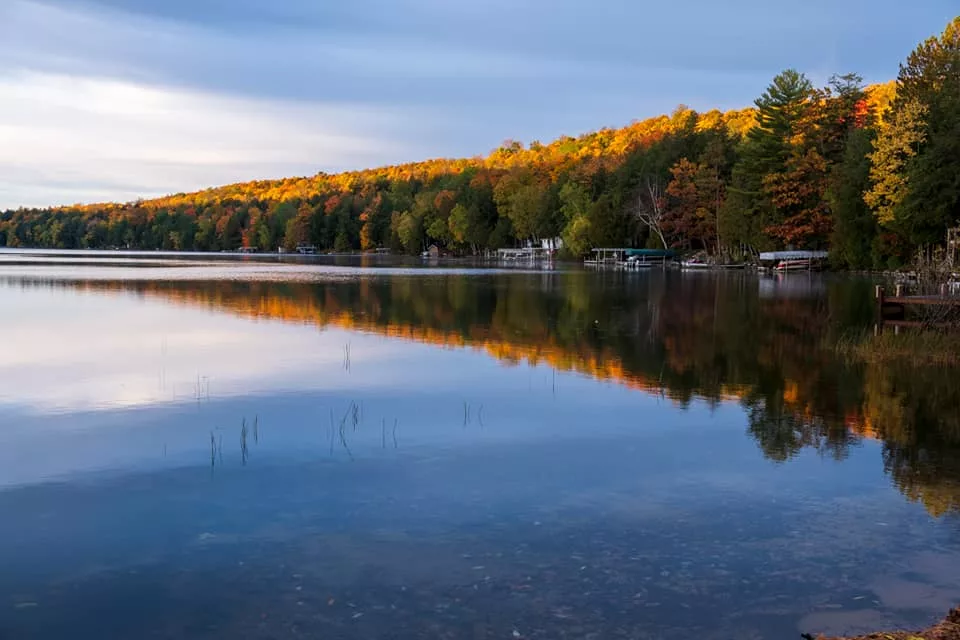
Fishery & Water Quality Committee Update Autumn 2021
Submitted by Jim Zach
A total of 43 fish sticks were placed during winter 2021. WDNR fishery
technicians and I have checked the fish sticks over the summer. Technicians reported
to Greg Matzke, WWDNR Fish Biologist, that they saw what is hoped for in such a
project, lots of small fish and the life that supports them. The fish sticks have
remained in the positions where they were placed. Trees are settling into the bottom of
the lake, if trees remain in position thru second winter, it is unlikely they will move.
The cables tying trees together are rusting, and they are expected to eventually rust
away.
Some additional property owners along the northern portion of Lake Lucerne
are interested in hosting a fish stick. Greg Matzke has said it is ok to have some fish
sticks less than 1000 feet apart if we don’t have more than half a dozen within a mile
of shoreline in this area of the lake. We would need to find donor trees and try for early
spring placement. If you have an interest in a fish stick, and/or are willing to donate
some medium sized hardwood trees, please let me know.
Fish Stocking and Survey Update
Walleye: 7,854 fingerlings were placed in Lucerne on October 5. They were 6” to 8”
in size (average 7.4”, 9 fish/pounnd). Cost of this was covered under the WDNR
fishery budget. Walleye stocking has been occurring during odd numbered years.
Mike Preul’s Mole Lake team will be completing their every – other year
Lucerne fish survey this month. Results will be used to assess whether there is significant natural walleye reproduction
occurring. Prior surveys have not been finding evidence of much occurring. Specific environmental reasons for poor
natural walleye reproduction are uncertain but this is a widespread trend across the northern midwest United States and into
Canada. Natural reproduction is worse in more developed and clear water lakes. Goals of Lucerne walleye management
may evolve towards maintaining the quality of a smaller population of walleye rather than quantity in Lucerene if there is
continued failure of natural reproduction thru efforts to maintain a population of forage fish.
Mike Preul’s survey will be studing the Cisco population and reproduction in Lucerne. Results will be used to
determine if WDNR will attempt to do additional Cisco stocking in Lucerne in fall 2022. There have been several oral
reports of people sighting what appear to be many small Cisco feeding upon small flies at the waters surface. If you have
observed this and have photos, please send them to me. The survey will also be monitoring the smallmouth bass population.
Indications so far are that the new harvest regulations are having the desired effect of reducing their number in our lake for a
better fish predator/prey balance.